Las Vegas is America’s most shape-shifting city. This desert metropolis reinvents itself with each passing decade yet somehow maintains its soul.
The Vegas that entertained visitors during the Eisenhower era bears shockingly little resemblance to today’s global entertainment mecca. Sure, the core promise remains—escape, indulgence, excess—but almost everything else has transformed dramatically.
Let’s explore 20 remarkable ways Sin City has evolved from the days of the Rat Pack to our current reality.
Casino Ownership Evolution

Back in the 1950s, you didn’t ask too many questions about who owned your favorite Vegas casino. Mob influence ran deep — figures like Bugsy Siegel and Meyer Lansky pulled strings through elaborate front companies and hidden ownership structures.
Nobody mentioned it aloud, but everybody knew. Fast forward to now – publicly traded corporations like MGM Resorts International and Caesars Entertainment dominate the Strip, complete with shareholders, board meetings, and SEC filings.
This fundamental shift – from handshake deals to corporate transparency – has rewired everything about how the city functions.
Entertainment Focus

Vegas in the ’50s bet heavily on star power — Frank Sinatra crooning in an intimate lounge, Dean Martin charming a smoke-filled room, Sammy Davis Jr. dazzling audiences lucky enough to score tickets. They weren’t just performers; they were gods in this desert kingdom.
Today’s Vegas? It’s all about production value — massive Cirque du Soleil spectacles defying physics, superstar DJ residencies with million-dollar light shows, and experiences engineered specifically for your Instagram feed. The evolution mirrors our cultural shift from simply watching talent to craving immersive, shareable moments.
Like Travel Pug’s content? Follow us on MSN.
Price Structure

A luxury Vegas weekend in 1950 wouldn’t break the bank for middle-class visitors — hotel rooms topped out around $10 per night (roughly $100 in today’s dollars), while lavish seafood buffets could be had for under $5. Casinos practically gave away accommodations and meals — they knew where the real money came from.
Modern Vegas operates with dramatically different math. Standard rooms at major Strip properties easily hit $300+ during peak times. Those celebrity chef restaurants?
You might drop more on a single dinner than a 1950s visitor spent their entire stay — a price stratification that’s fundamentally altered who can access different layers of the Vegas experience.
Physical Footprint

The Strip circa 1955 consisted of a modest string of low-rise hotels surrounded by genuine desert landscape — properties like the Flamingo and the Sands boasted several hundred rooms at most. Plenty of space existed between them; you could actually see mountains from Las Vegas Boulevard! Contemporary Vegas presents a radically different skyline — towering mega-resorts stretch for miles, with single properties like the MGM Grand housing over 6,800 rooms in buildings that would’ve seemed like science fiction to mid-century visitors.
This massive physical expansion has transformed the experience from an intimate desert oasis to an overwhelming urban corridor.
Gambling Revenue Sources

Gambling in 1950s Vegas meant human interaction — skilled dealers running craps, blackjack, and roulette tables where personality mattered as much as the cards. The mechanical slot machines existed but remained secondary attractions — noisy distractions for the wives of ‘real gamblers.’
Modern Vegas flipped this equation completely. Electronic gaming machines generate the majority of gambling revenue — row after row of digital devices engineered to maximize time on devices while minimizing human staffing costs. This technological shift hasn’t just changed the math; it’s fundamentally altered the social experience of gambling itself.
Like Travel Pug’s content? Follow us on MSN.
Architectural Aesthetics
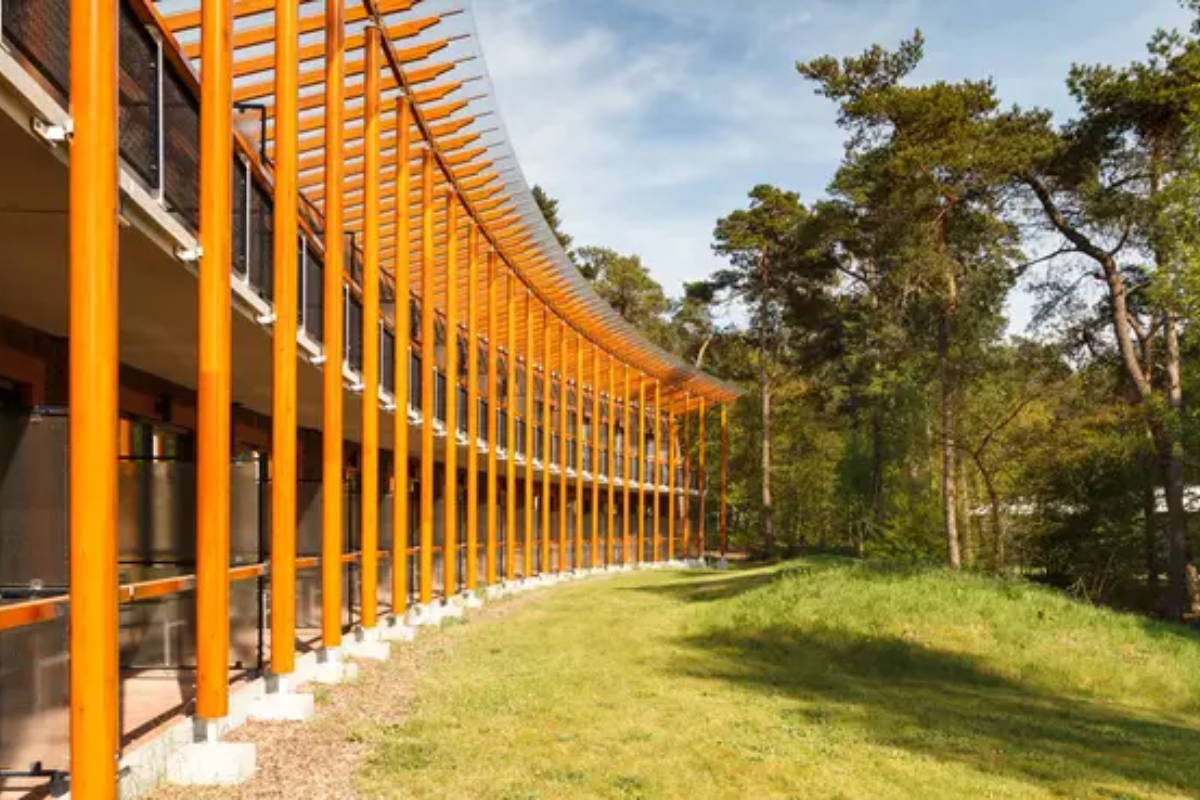
Mid-century Vegas embraced distinctive design personalities for each property — the Sands showcased elegant desert modernism while the Tropicana leaned into lush tropical motifs. Each casino maintained a unique visual identity that separated it from its neighbors.
Walk through today’s Strip properties, and you’ll notice something surprising — beneath superficial thematic differences, they’ve homogenized significantly. Similar luxury retail corridors, nearly identical pool complexes, and convention spaces that could be anywhere reveal how corporate efficiency often trumps creative distinctiveness in modern casino design.
Family Friendliness

Vegas in the ’50s made absolutely no pretenses about being appropriate for children — it proudly marketed itself as an adult playground for gambling, drinking, and entertainment understood to be for grown-ups only. Nobody brought kids; that wasn’t what Vegas was for.
Today’s Sin City maintains a complicated relationship with family tourism — having swung from the 1990s theme-park era back toward adult focus, yet still accommodating families with elaborate pools, tame shows, and attractions suitable for all ages. This identity confusion creates a city that simultaneously markets debauchery and family entertainment, sometimes on the same property.
Dining Options
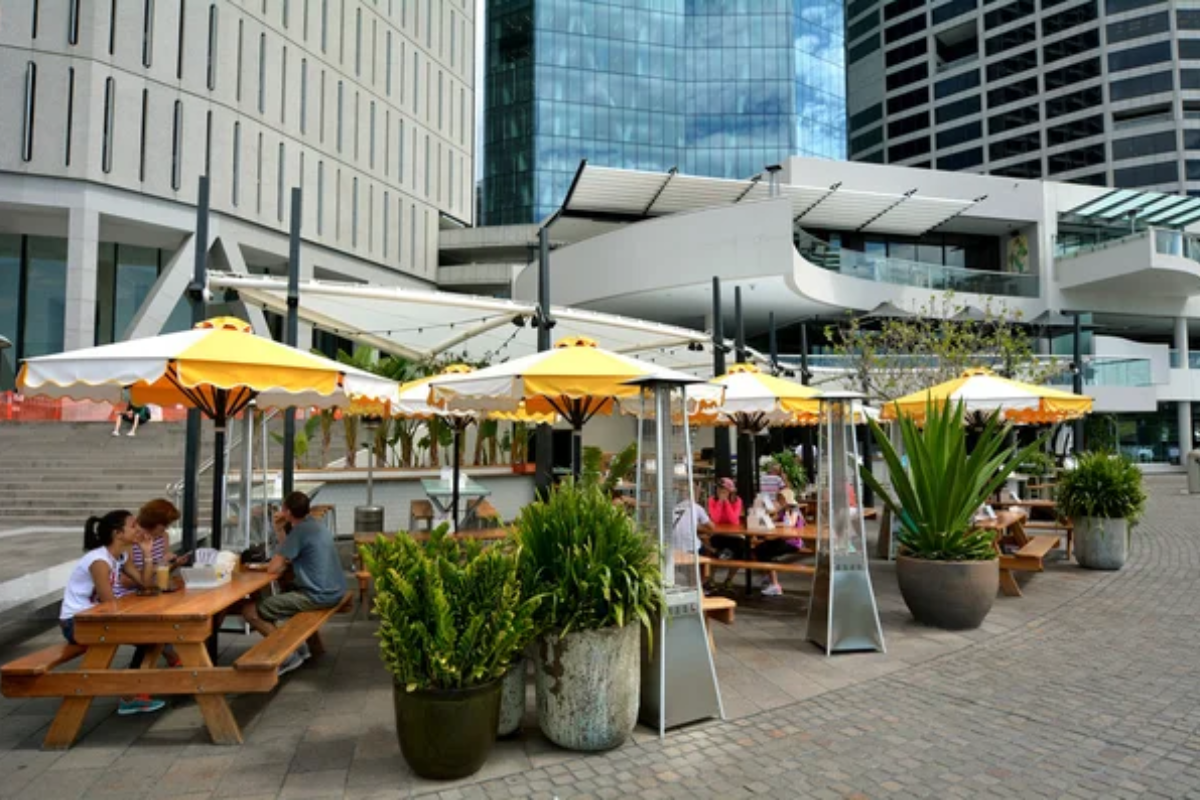
Eating in 1950s Vegas meant steakhouses, prime rib specials, and bargain buffets designed with one purpose — keeping gamblers fed and on property. Nobody traveled to Vegas specifically for the food; it simply wasn’t a culinary destination.
Modern Vegas, meanwhile, has transformed into one of America’s premier dining cities. Over 40 celebrity chef restaurants, multiple Michelin-starred establishments, and dining experiences so remarkable that many visitors now prioritize reservations over gambling sessions.
This gastronomic revolution represents Vegas’s most successful pivot away from pure gambling dependency.
Like Travel Pug’s content? Follow us on MSN.
Celebrity Relationship

Celebrities in 1950s Vegas primarily showed up to work — performing in showrooms while their presence was tightly controlled and marketed by casino operators who paid their substantial appearance fees. Today’s relationship with fame operates differently. Vegas attracts celebrities as paying customers, with high-profile nightclubs like Hakkasan and Omnia generating millions by selling proximity to famous guests.
Want a table near a Kardashian? That’ll be a $10,000 minimum spend. This commercialization of celebrity adjacency represents a fascinating shift in how fame functions within the Vegas economy.
Transportation Infrastructure

Navigating 1950s Vegas required minimal effort — the Strip remained small enough that visitors often walked between neighboring casinos or took short taxi rides for longer distances. Traffic jams weren’t part of the Vegas experience.
Today’s massive Strip demands serious transportation infrastructure — a monorail system, rideshare programs handling millions of trips annually, and pedestrian overpasses spanning multi-lane highways that separate enormous resort properties. This transportation evolution reflects how dramatically the intimate, accessible city transformed into an overwhelming urban environment requiring strategic navigation.
Water Usage Philosophy

The Vegas of the ’50s flaunted its desert-defying attitude through fountains and lush landscaping, though these water features remained modest compared to today’s aquatic spectacles. Modern Vegas presents an extreme contradiction – the Bellagio fountains alone consume millions of gallons, while the broader metropolitan area has paradoxically become a national leader in water conservation.
The city recycles nearly all indoor water and pays residents to replace grass with desert landscaping. This complex relationship with water resources reflects Vegas’s broader struggle between extravagant display and practical sustainability.
Like Travel Pug’s content? Follow us on MSN.
Residential Reality

In the 1950s, clear separation existed between the tourist corridor and where actual Las Vegans lived. Casino workers typically resided in modest neighborhoods away from the glitz they helped create.
Contemporary Vegas has completely blurred these boundaries through luxury high-rises offering permanent residences within resort complexes and upscale master-planned communities like Summerlin, which provide resort-style amenities to locals. This integration of tourist and residential experiences reflects Vegas’s evolution from a vacation destination to a multifaceted metropolitan area where over two million people actually live.
Photography Policies

Try snapping photos inside a 1950s Vegas casino, and you’ll quickly meet security. Photography was strongly discouraged, with personnel often confronting anyone attempting to capture gambling areas or shows. The concern wasn’t just about patron privacy—casinos preferred maintaining mystique and controlling their image. Today’s Vegas operates with a completely reversed philosophy.
Properties design elaborate photo opportunities specifically for social media sharing, recognizing that visitor photography provides invaluable free marketing across platforms. This transformation from secrecy to Instagram-friendliness demonstrates how thoroughly casinos have adapted to modern marketing realities.
Physical Security Measures
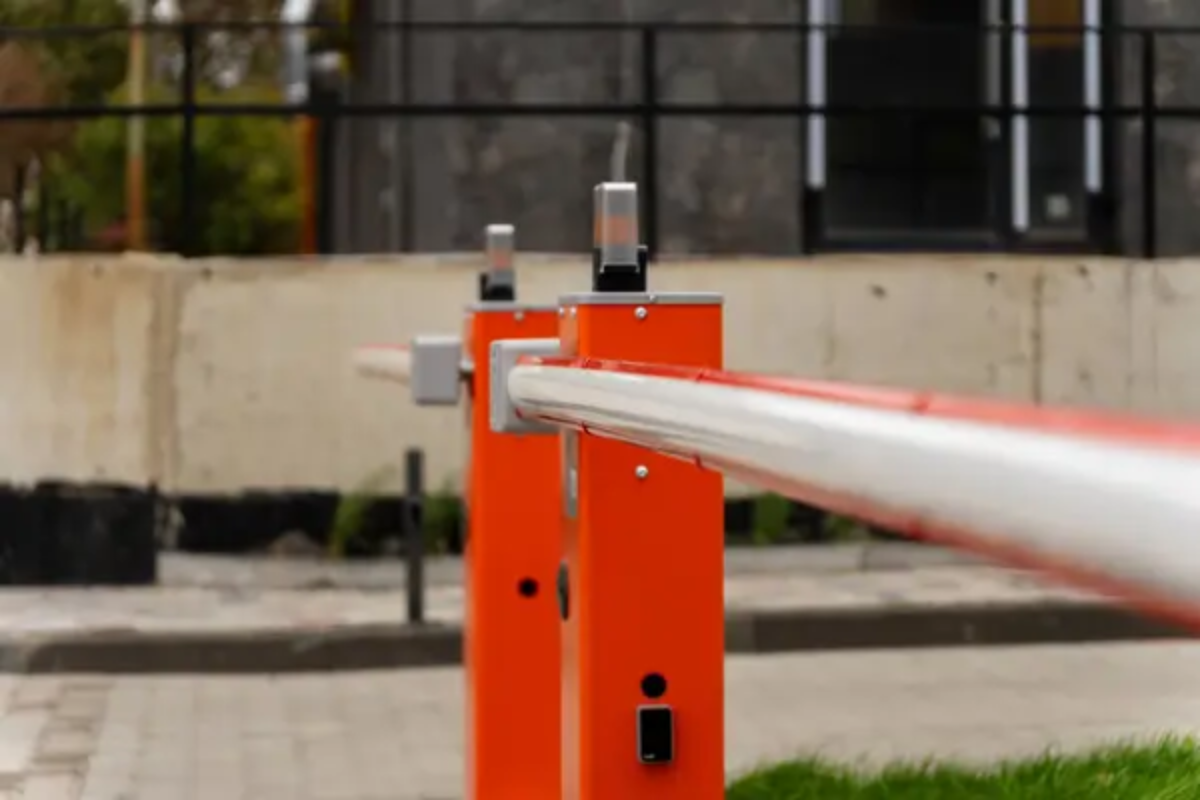
Security in mid-century casinos remained deliberately invisible to guests. Plain-clothed personnel and discreet measures maintained order without disrupting the carefree atmosphere casinos wanted to project.
Problems were handled quietly in the back rooms. Today, Las Vegas implements sophisticated security measures that visitors can’t miss—metal detectors at nightclub entrances, extensive camera systems monitored by AI, a visible police presence throughout tourist areas, and bag checks at many venues.
This security evolution reflects broader societal changes regarding safety expectations in public spaces.
Like Travel Pug’s content? Follow us on MSN.
Entertainment Diversity

The entertainment lineup of 1950s Vegas featured overwhelmingly homogeneous performers – predominantly white male entertainers with notable exceptions like Sammy Davis Jr. and Ella Fitzgerald facing significant discrimination despite their star status.
Contemporary Las Vegas showcases global diversity in its entertainment offerings, with headliners from all backgrounds commanding top billing and international shows reflecting multicultural influences ranging from Cirque du Soleil to K-pop performances. This diversification mirrors broader social progress while appealing to Vegas’s increasingly international clientele.
Athletic Connections

Sports in 1950s Las Vegas existed primarily as something to bet on rather than watch, with major leagues maintaining a careful distance from the city to avoid gambling associations. Professional teams wouldn’t touch Vegas with a ten-foot pole.
Today’s Las Vegas has completely transformed into a legitimate sports town with the NHL’s Golden Knights, the NFL’s Raiders, the WNBA’s Aces, and likely future NBA expansion team playing in state-of-the-art venues while still maintaining status as America’s sports betting capital.
This integration of team sports into Vegas culture represents an extraordinary normalization of the city’s once-taboo gambling identity.
Wedding Industry

Vegas weddings in the 1950s earned their quickie reputation honestly – simple ceremonies performed in small chapels with minimal preparation, often impulsive decisions made during vacation. Couples could literally go from idea to ‘I do’ in under an hour.
The modern Vegas wedding industry has expanded into a half-billion-dollar business offering everything from traditional quickie ceremonies to elaborate production weddings. Venues range from helicopter rides over the Strip to underwater ceremonies in resort aquariums.
This wedding evolution demonstrates how Vegas continuously adapts traditional indulgences into expanded revenue opportunities.
Like Travel Pug’s content? Follow us on MSN.
Technology Integration

The technological capabilities of 1950s Vegas extended primarily to basic slot machines, manual card shufflers, and rudimentary sound systems for performances. Accounting happened with physical books, and customer tracking meant staff recognizing regular faces.
Today’s Las Vegas functions as one of the world’s most technologically advanced cities, with casinos utilizing artificial intelligence for everything from facial recognition security to personalized gambling incentives delivered in real-time to your smartphone. Guest experiences increasingly incorporate virtual reality, augmented reality, and app integration that would have seemed like science fiction to mid-century visitors.
Downtown Significance
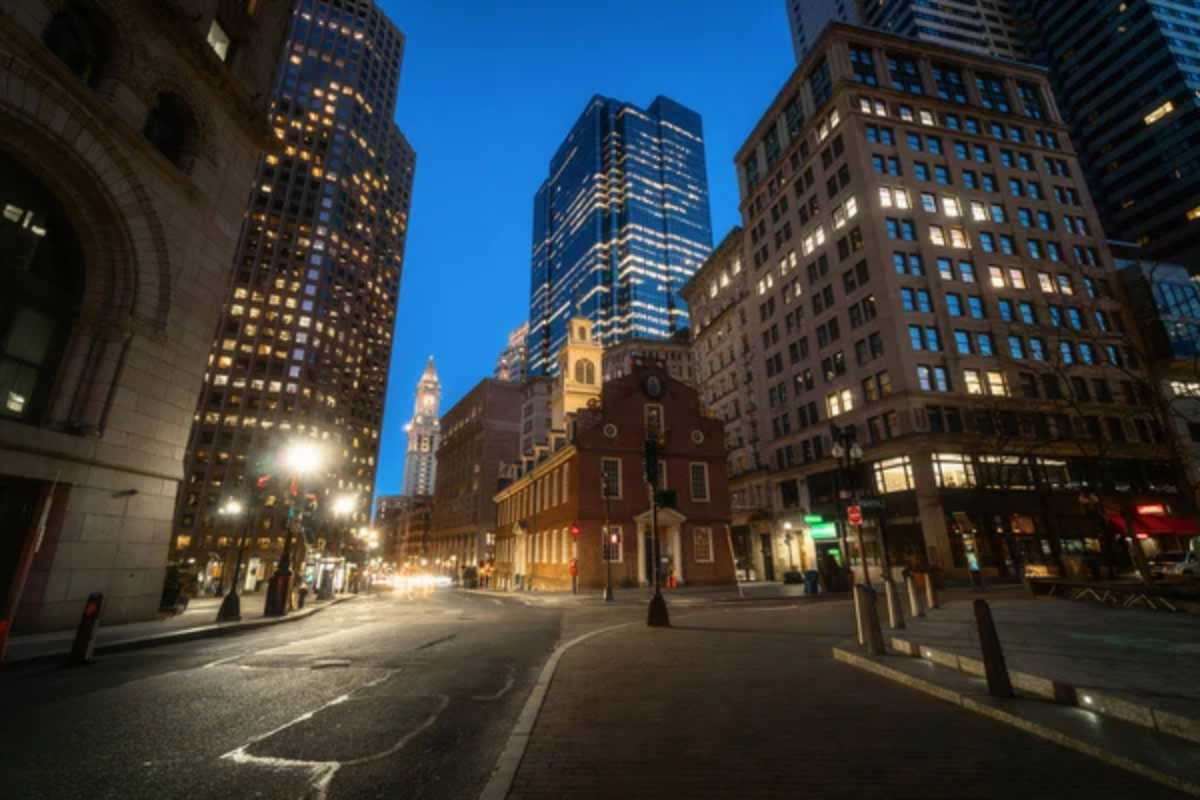
Downtown Las Vegas in the 1950s represented the heart of the action, with Fremont Street casinos like the Golden Nugget and Binion’s Horseshoe drawing bigger crowds than the developing Strip properties further south. The real players knew downtown was where authentic Vegas lived.
Modern downtown Vegas has repositioned itself as the authentic alternative to the corporate Strip, with lower prices, better gambling odds, and development projects like the Fremont Street Experience and the Arts District, creating distinctive experiences unavailable on the Strip. This evolution reflects how economic geography shifts within tourist destinations as development patterns change.
Visitor Demographics
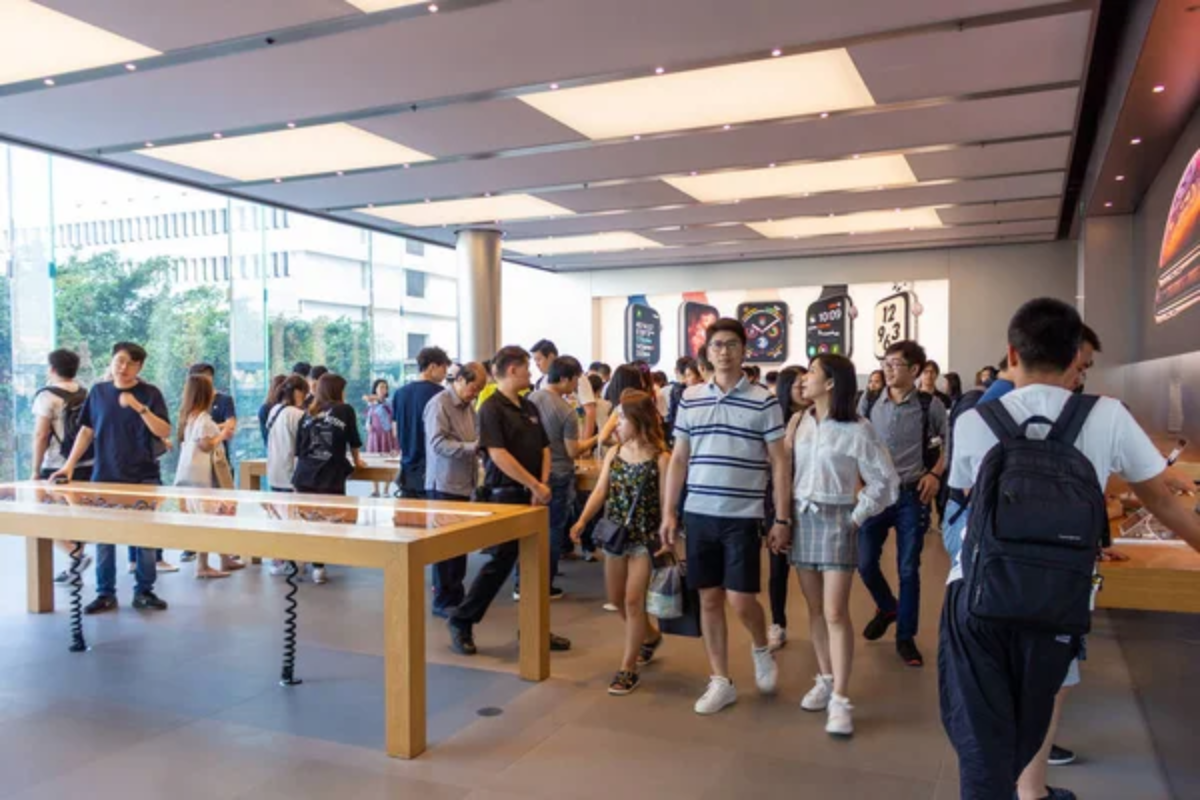
The typical 1950s Vegas visitor fit a narrow profile – predominantly white, American, middle-class, or wealthy, traveling primarily from California and neighboring states for gambling-focused trips. International tourism barely registered, and diversity remained limited by the segregation realities of mid-century America.
Today’s Las Vegas welcomes a global clientele, with international visitors comprising nearly 20% of tourists and domestic visitors representing far greater diversity in age, ethnicity, and interest areas beyond gambling. This demographic expansion has driven many fundamental changes in what Vegas offers and how it markets itself.
Like Travel Pug’s content? Follow us on MSN.
The Reinvention Capital

No American city demonstrates capacity for reinvention more dramatically than Las Vegas. From a mob-run gambling town to a corporate entertainment empire within a single lifetime, Vegas constantly sheds its skin while keeping its soul.
Beneath these remarkable transformations, something essential remains constant – the promise of experiences that liberate visitors from everyday constraints. While practically unrecognizable from its 1950s incarnation, modern Las Vegas still delivers on its fundamental proposition: the chance to escape ordinary life and taste indulgences unavailable back home briefly.
This emotional promise explains why, despite continuous reinvention, Las Vegas maintains such a powerful hold on our collective imagination.
More from Travel Pug

- 20 Destinations That Were Once Thriving but Are Now Quietly Disappearing
- 15 Hidden Spots in Disney World’s Magic Kingdom Most Visitors Miss
- 20 Once-Popular Beach Towns That Are Now Ghostly Empty
- 20 Beautiful US Lakefront Towns Where You Can Live for Under $2000 a Month
- 20 Caribbean Islands That Are Safer Than People Think
Like Travel Pug’s content? Follow us on MSN.
